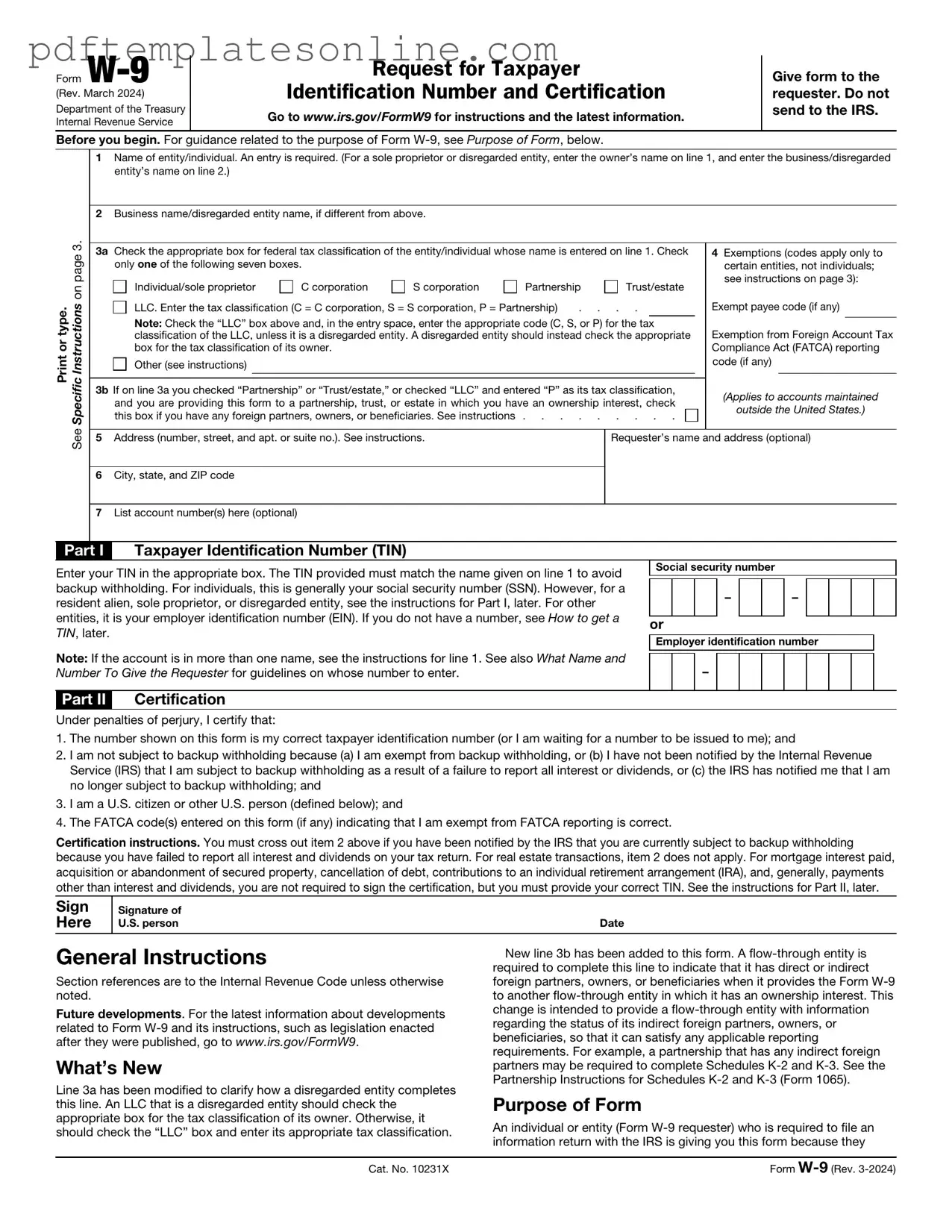Filling out the IRS W-9 form can seem straightforward, but many people make common mistakes that can lead to delays or issues with tax reporting. One frequent error is providing incorrect personal information. Individuals often miswrite their names or use nicknames instead of their legal names. This can create confusion and may result in the IRS not being able to match the information with the correct taxpayer.
Another mistake occurs when individuals fail to check the appropriate box for their tax classification. The W-9 form requires filers to indicate whether they are an individual, corporation, partnership, or another type of entity. Neglecting to select the correct classification can lead to improper tax withholding and reporting, which can complicate matters down the line.
Many people also overlook the importance of including a valid Social Security Number (SSN) or Employer Identification Number (EIN). Providing an invalid number can result in the payer being unable to report payments correctly to the IRS. This mistake can lead to tax complications for both the payer and the individual filling out the form.
Signature errors are another common issue. Some filers forget to sign the form or fail to date it. Without a signature, the W-9 is not considered valid. A missing date can also cause confusion regarding when the form was completed, which may be important for tax purposes.
Additionally, individuals sometimes submit the W-9 form without reviewing it for accuracy. Double-checking the information helps catch any mistakes before submission. A small error can lead to significant issues, so taking a moment to review the form can save time and trouble later.
People also often fail to provide the correct mailing address. This can lead to important tax documents being sent to the wrong location. Ensuring that the address is accurate and up-to-date is crucial for receiving any necessary correspondence from the IRS or other tax authorities.
Lastly, some filers may not realize that the W-9 form should be submitted to the requester, not the IRS. Confusion about where to send the form can lead to unnecessary delays. Understanding the proper procedure for submitting the W-9 can help streamline the process and ensure that everything is handled correctly.
